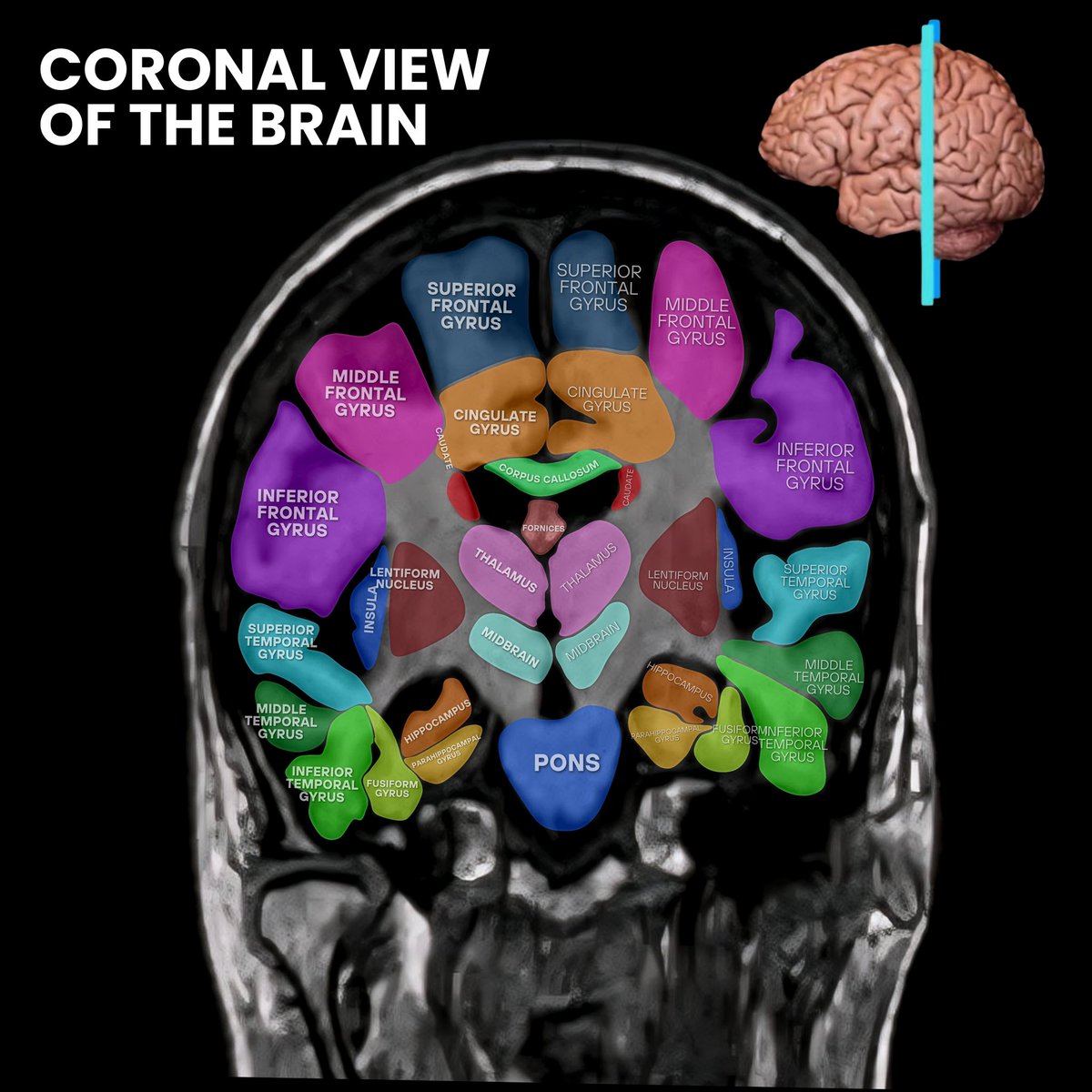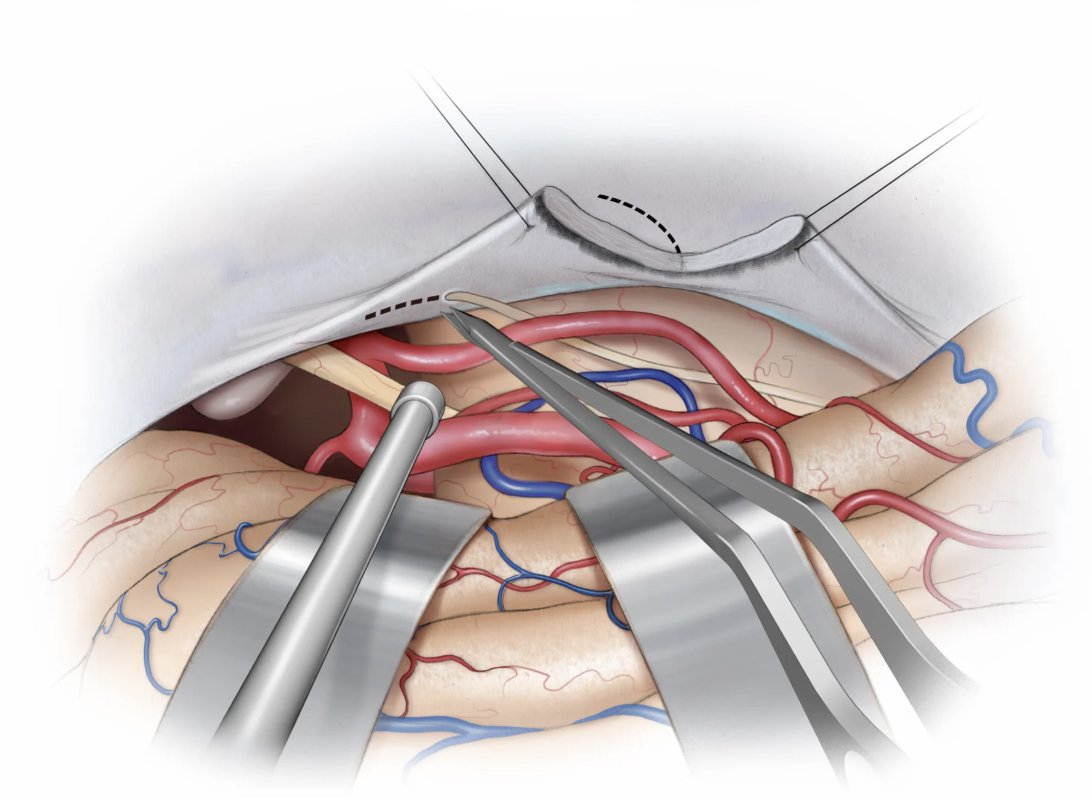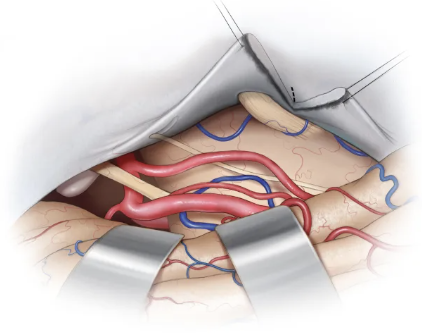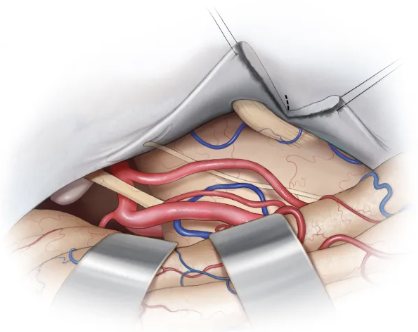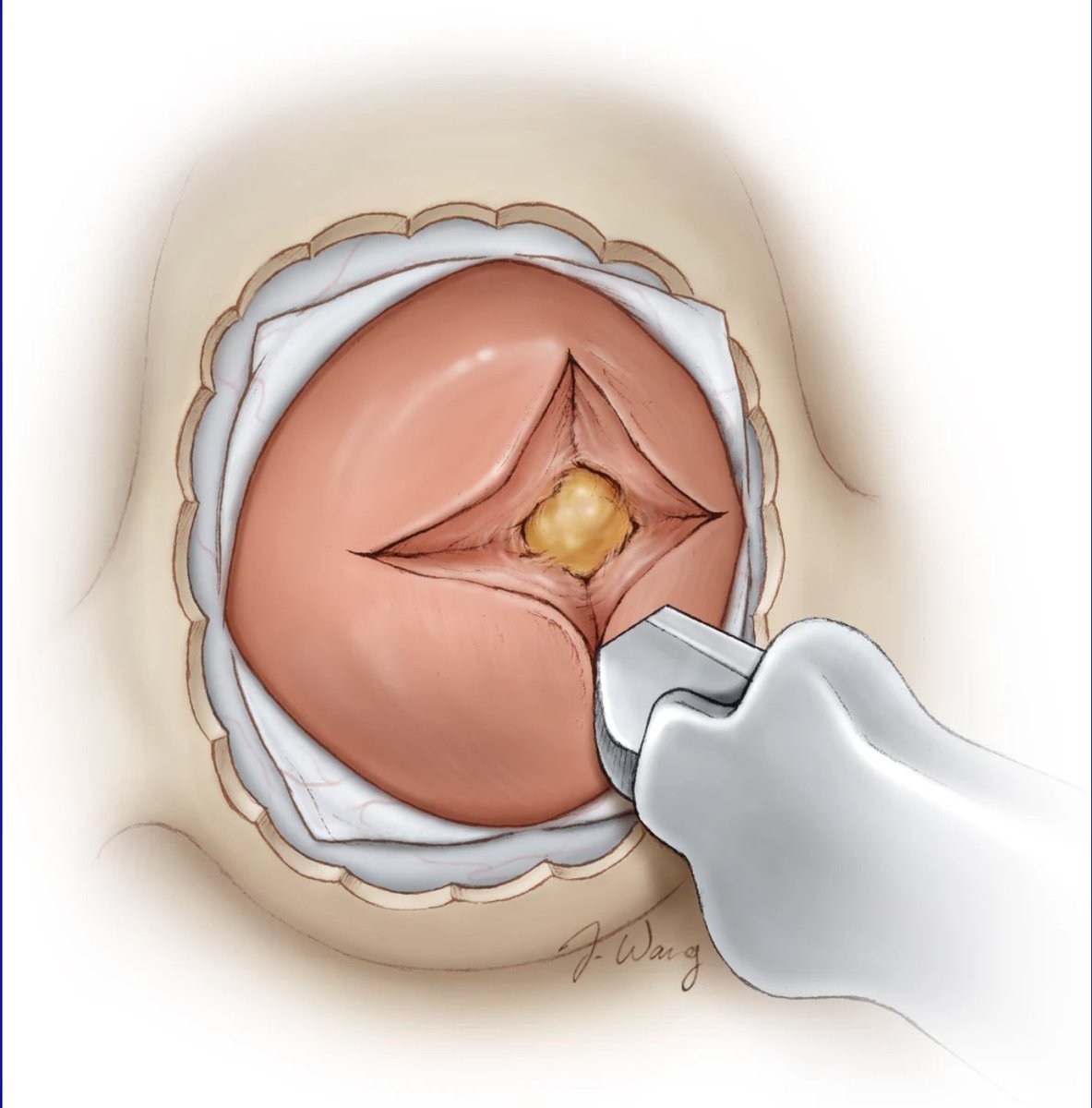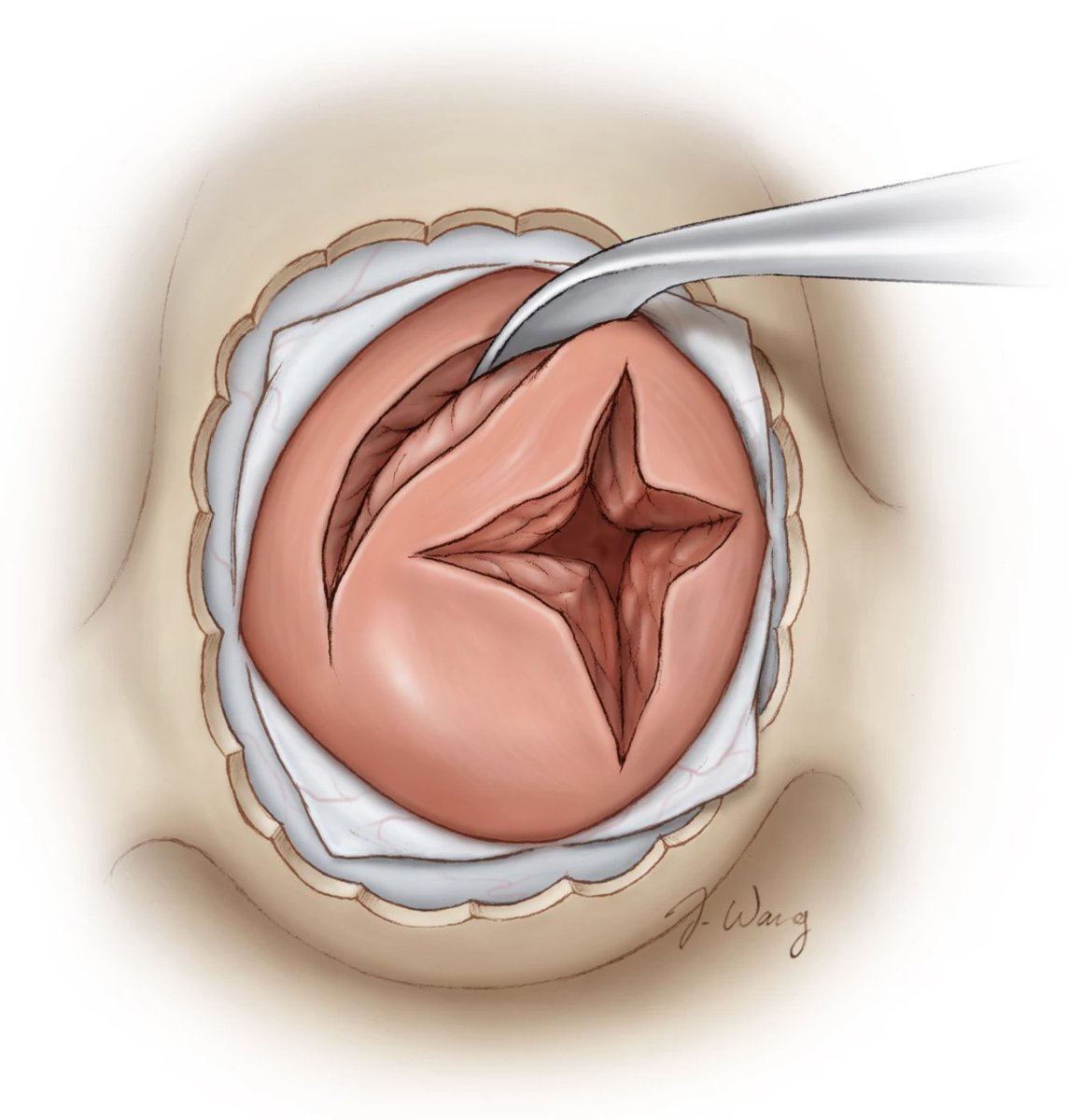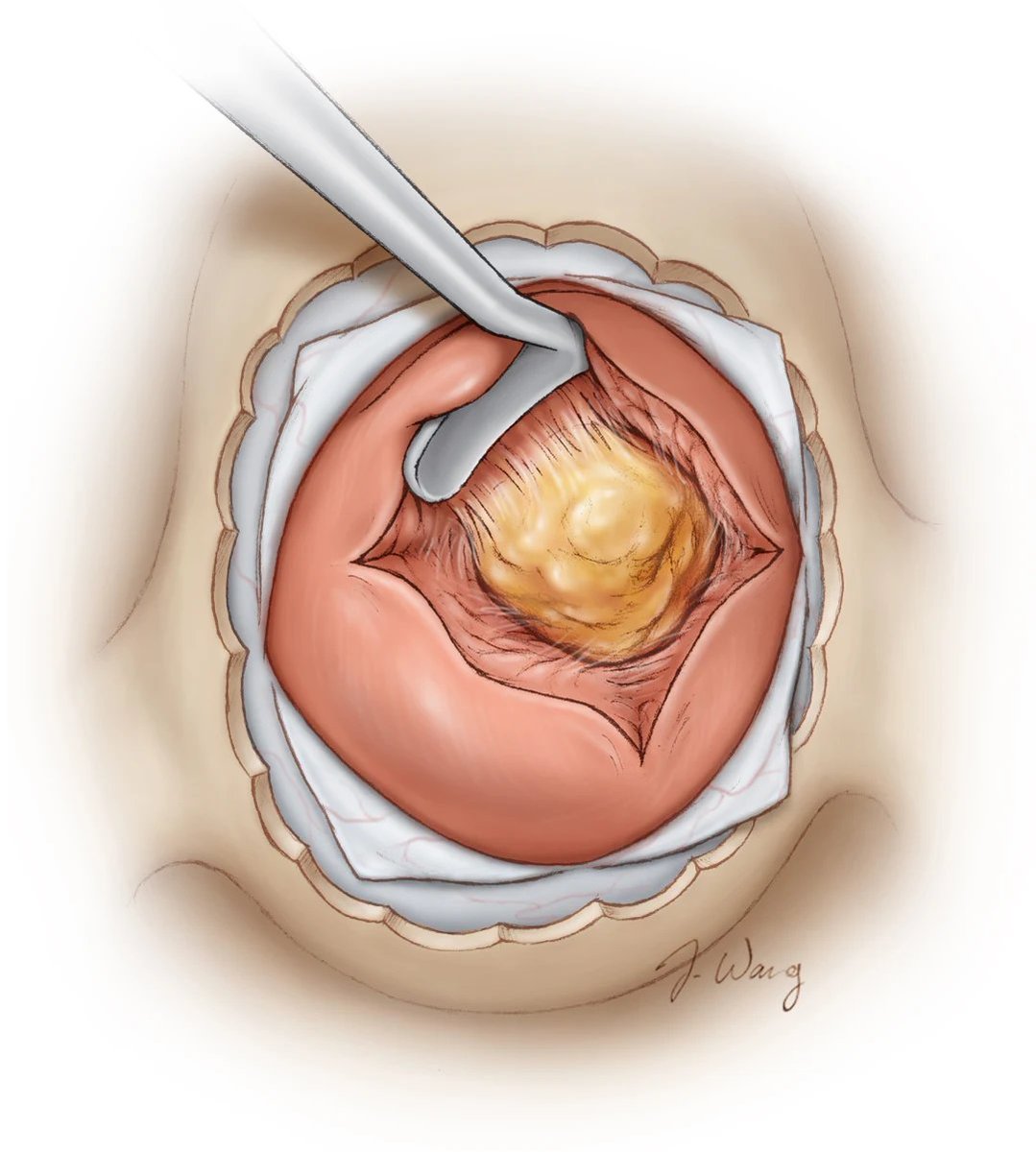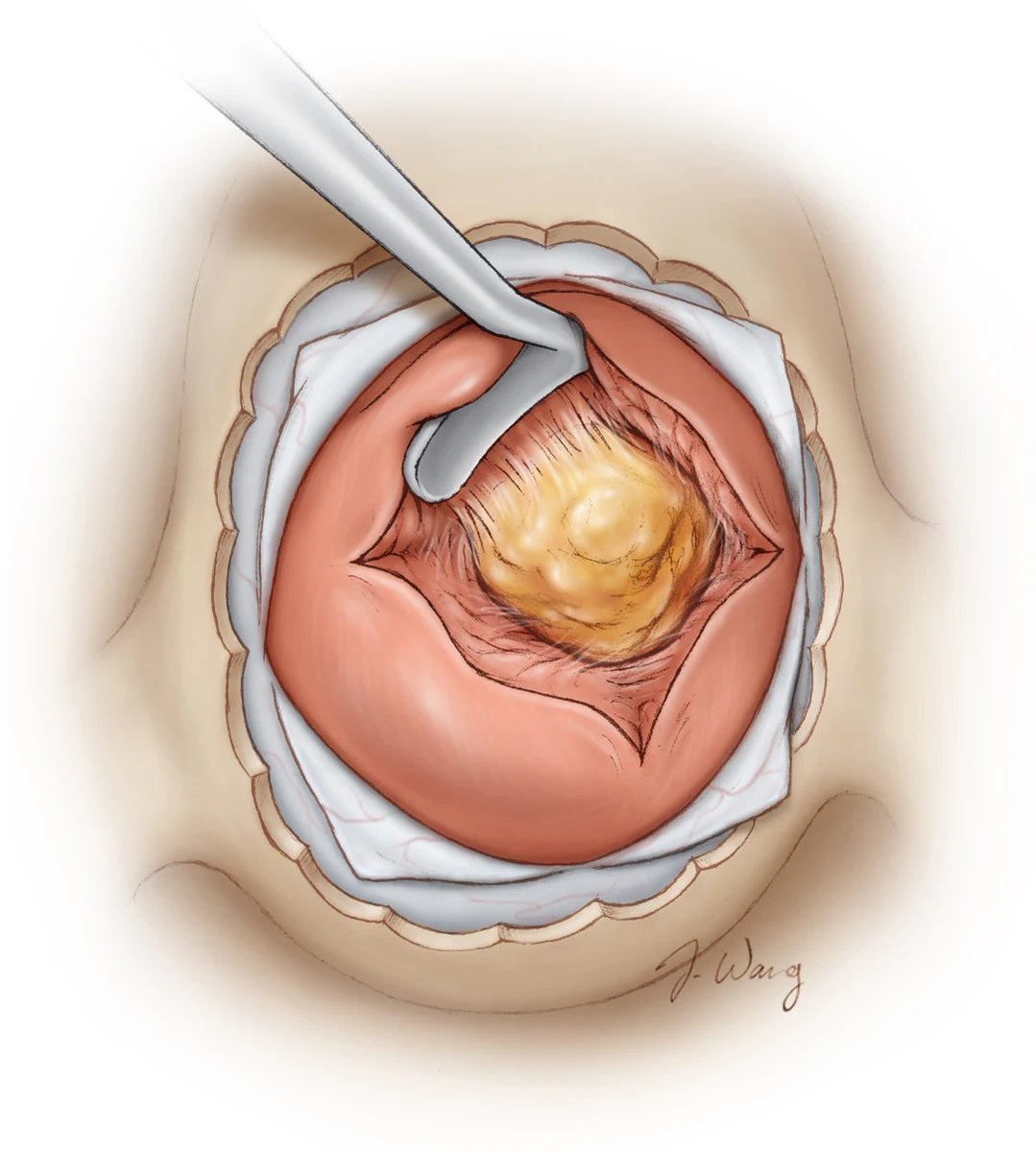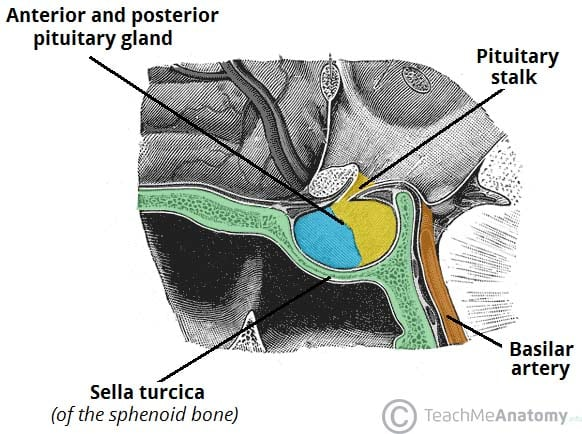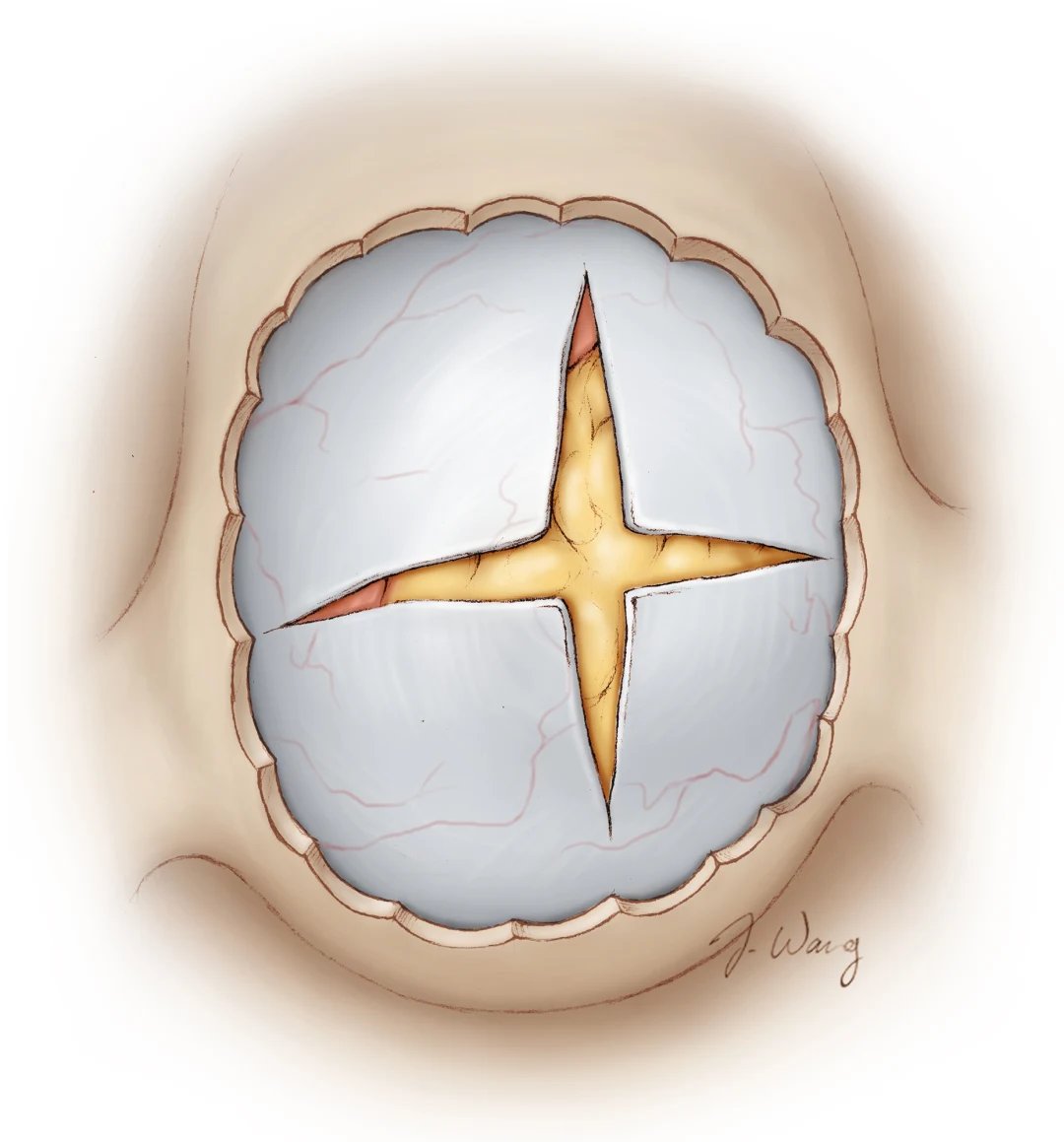
Neurosurgical Atlas
@neurosurgatlas
Dr. Aaron Cohen-Gadol’s most respected & popular collection of advanced microneurosurgical techniques in the world. linktr.ee/NeurosurgicalA…
ID: 787020506
https://www.neurosurgicalatlas.com/ 28-08-2012 13:32:24
6,6K Tweet
26,26K Followers
825 Following






The 3 planes of a brain MRI. To best localize a lesion, a neurosurgeon will look at these three views to triangulate an approach. #Radiology #MRI #Radiologist #Neurosurgeon #Brain #BrainScan #Anatomy #AnatomyAndPhysiology #NeuroAnatomy Neurosurgical Atlas
